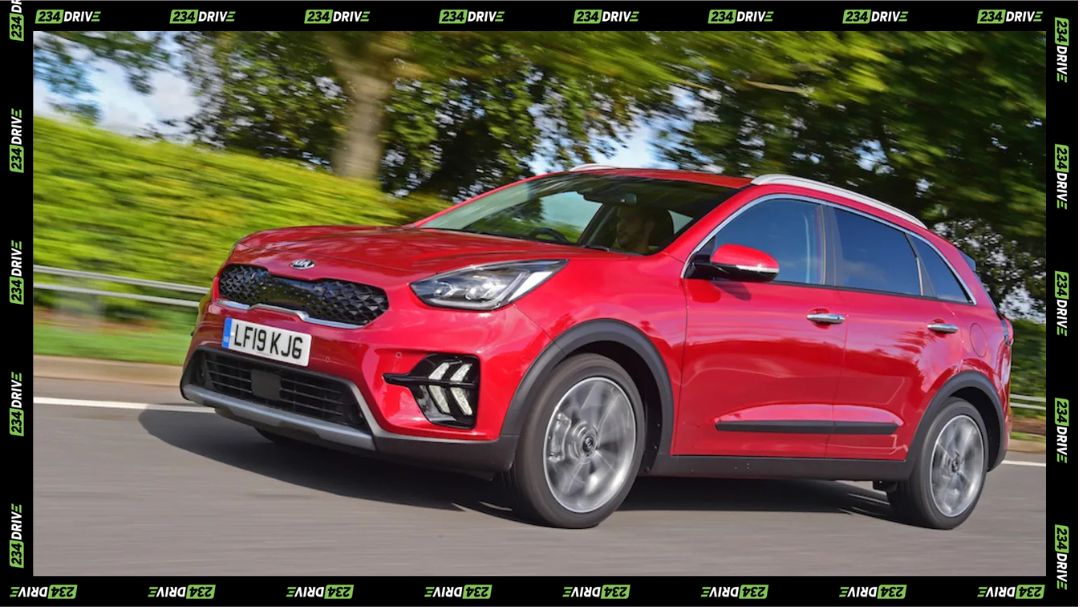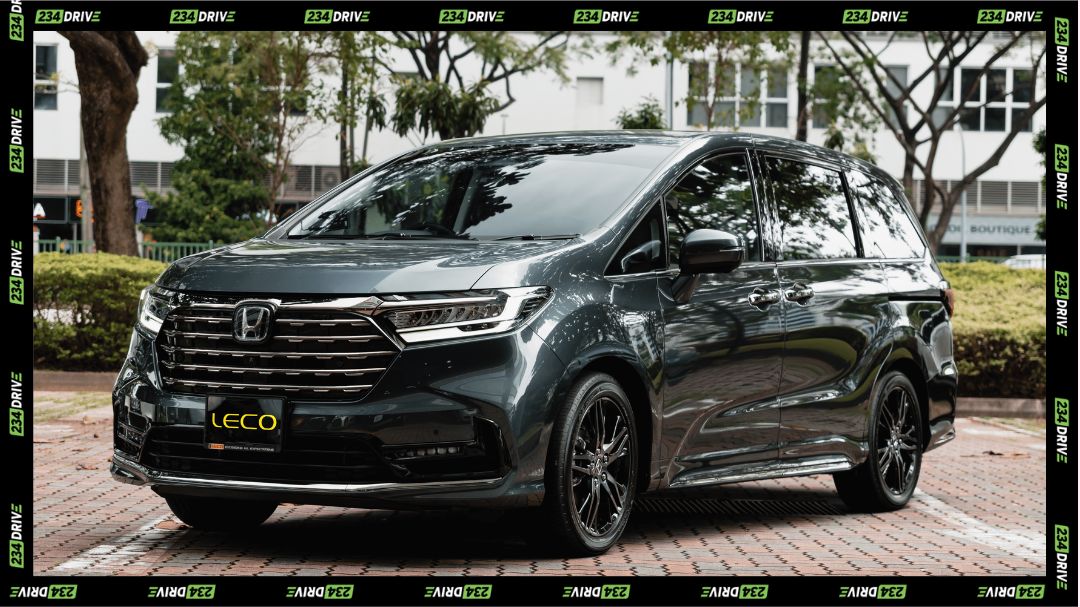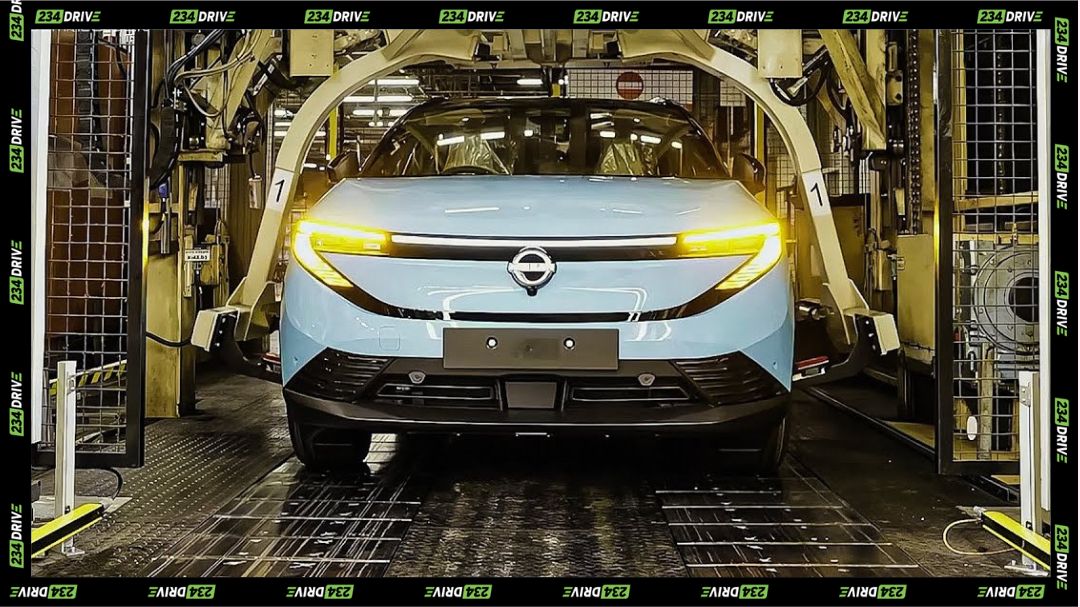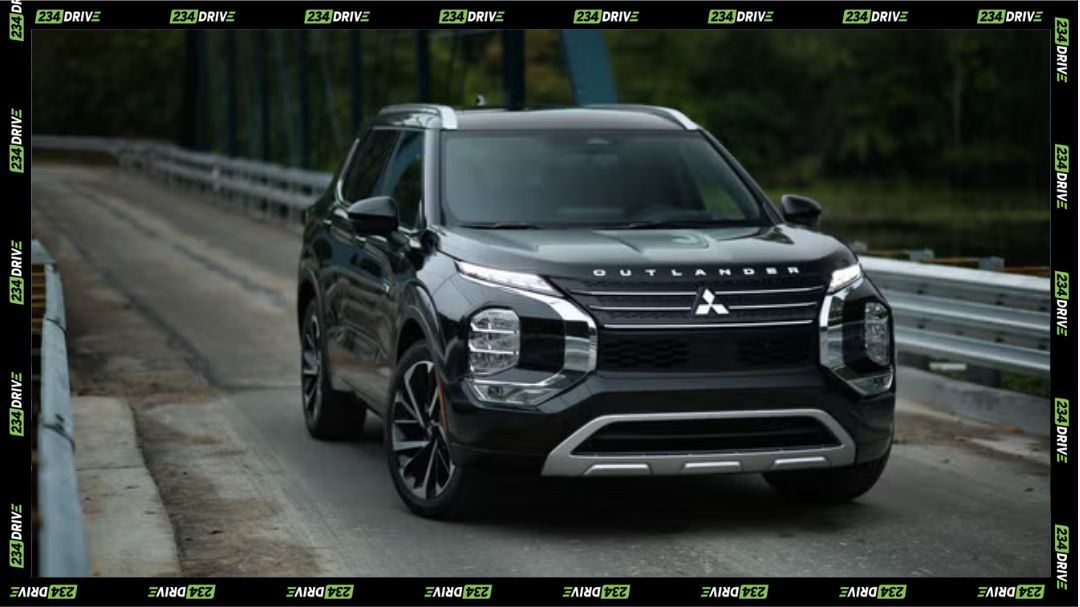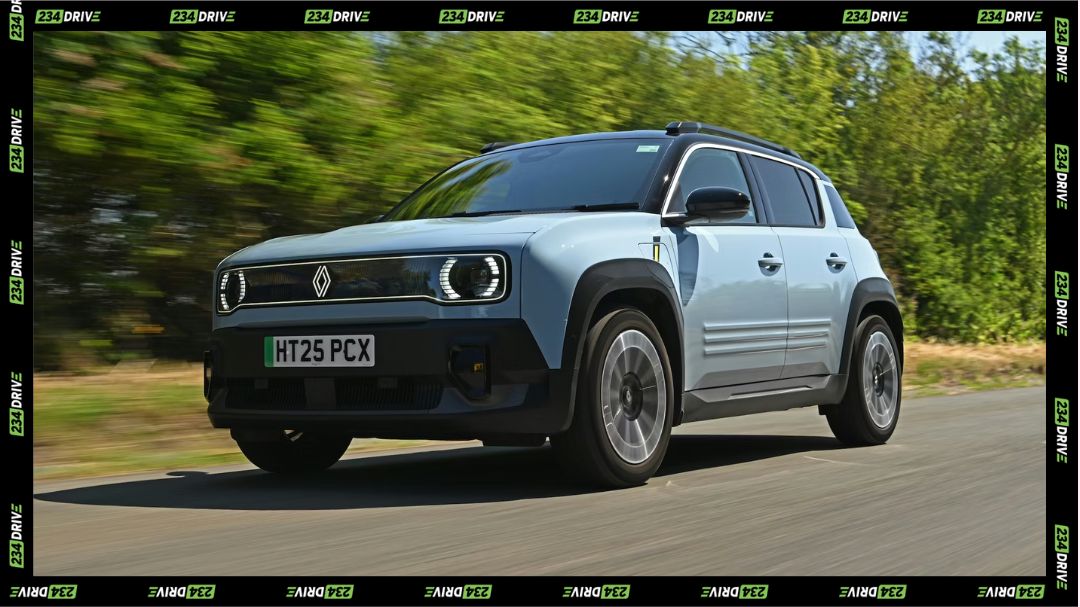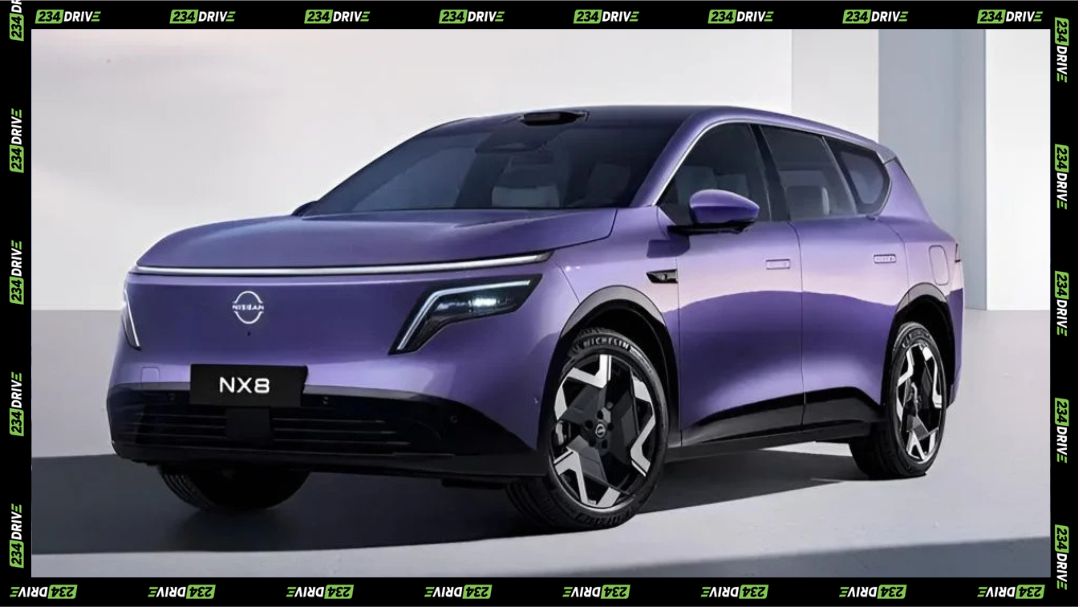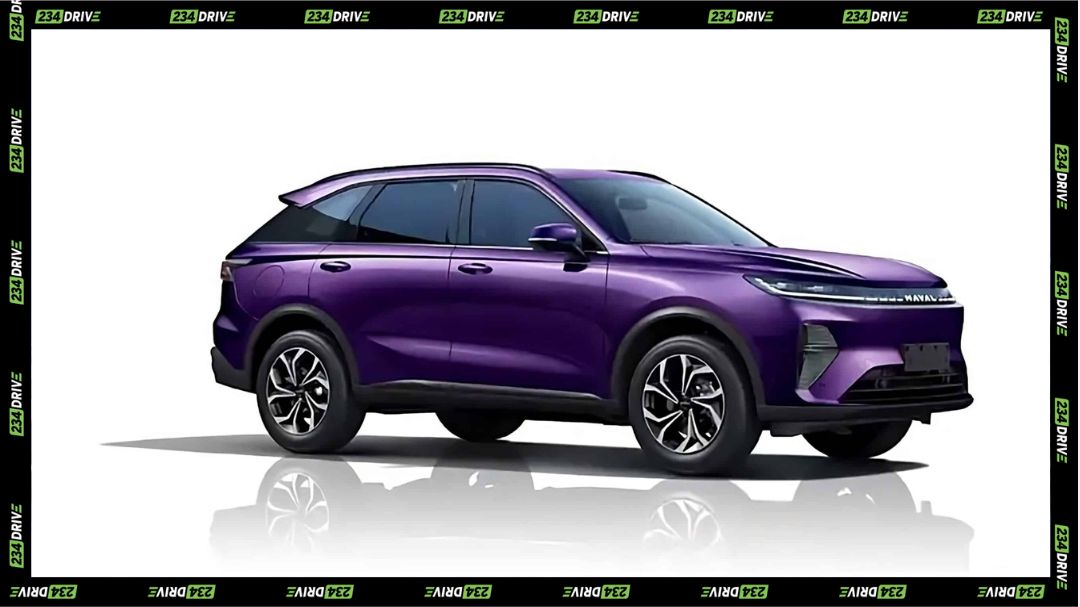Opel has steadily built a reputation as a brand that balances practicality with innovation. Known globally for creating cars that combine German engineering with everyday usability, Opel’s move into electric mobility is gaining attention beyond Europe. In Nigeria, where electric vehicle adoption is beginning to take shape, Opel’s 2025 EV lineup presents an interesting mix of affordability, versatility, and modern technology.
Publicly, Opel is viewed as a forward-thinking automaker committed to electrification. By 2025, the company has pledged to release only electric models, aligning with Stellantis’ broader sustainability goals. For Nigerian buyers, this means access to compact hatchbacks, SUVs, MPVs, and commercial EVs that feel tailored for diverse driving needs. Below, we explore the design, performance, and relevance of Opel’s key electric models for Nigerian roads and lifestyles.
Opel Corsa Electric
The Corsa Electric introduces Nigerian drivers to accessible electric motoring. Externally, it is compact and well-proportioned, with clean lines and a friendly hatchback profile that fits into urban environments. Its small footprint makes it ideal for navigating high-traffic areas like Lagos Island or Abuja’s commercial centres.
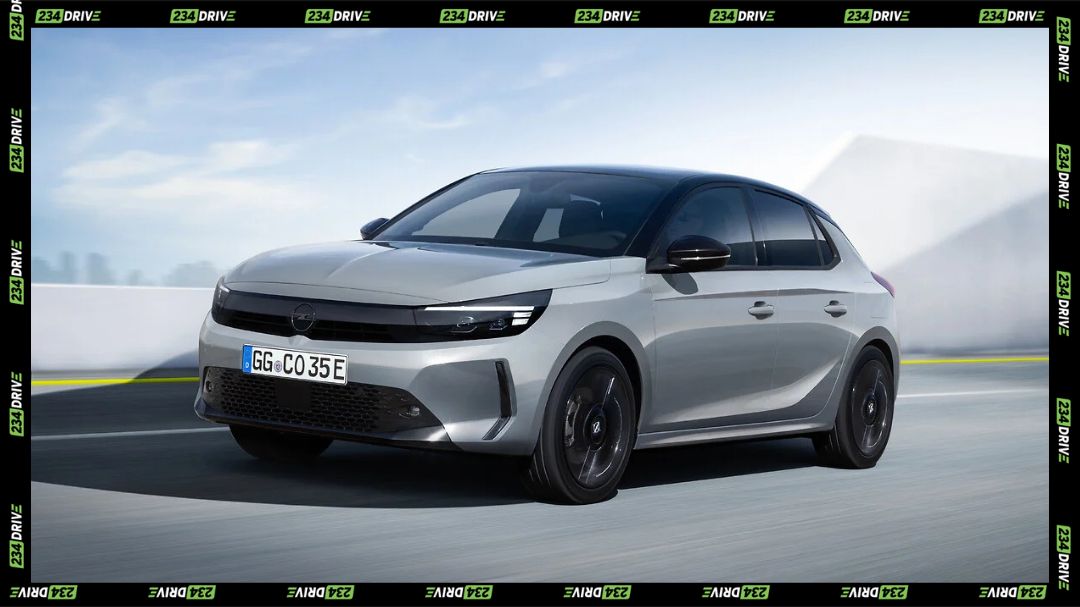
Inside, the Corsa surprises with its finish. It includes touchscreen infotainment, smartphone connectivity, and a boot space of 267 litres—enough for groceries or a small family trip. With a range of up to 405 km, it easily handles school runs, daily commutes, and short intercity trips without range anxiety.
Opel Mokka Electric
The Mokka Electric appeals to those who want a more stylish crossover. Its exterior features Opel’s bold design language, a higher stance, and eye-catching LED accents. Larger wheels and improved ground clearance make it suitable for handling speed bumps and uneven roads common across Nigeria.
Inside, it balances modernity with comfort. Soft-touch surfaces, digital displays, and five-passenger capacity make it versatile. With up to 403 km of range, it works well for city-to-highway transitions, making it attractive for professionals who need both style and substance.
Opel Astra Electric & Astra Sports Tourer
The Astra Electric and its Sports Tourer variant blend elegance with practicality. The exterior carries a sleek design, while the Tourer adds extended cargo space for drivers who need extra utility. Both options are powered by next-generation batteries expected to provide strong range and efficiency.
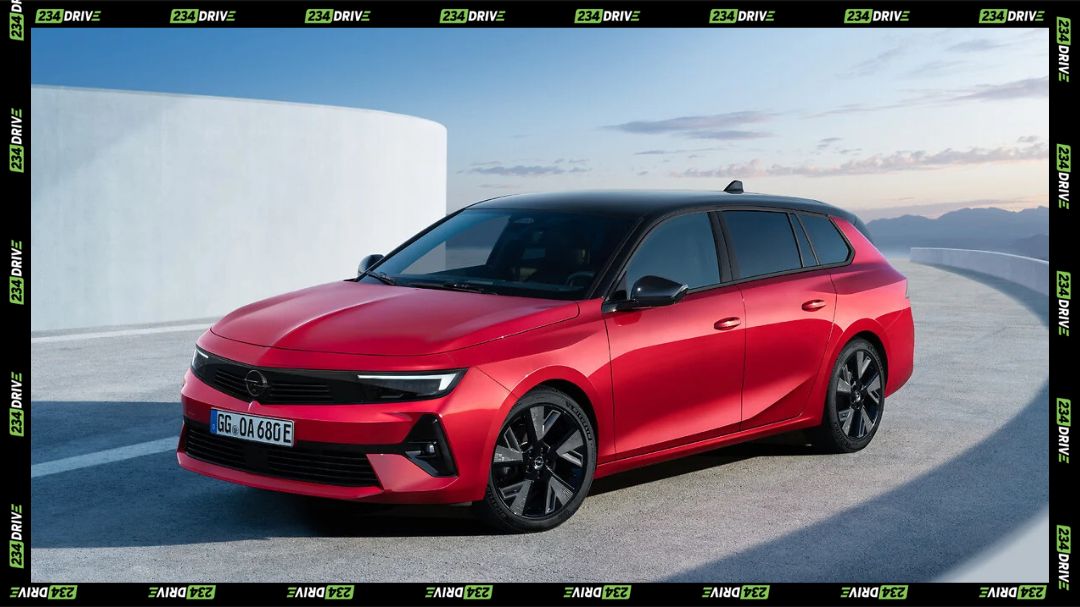
Inside, the Astra offers advanced driver aids, a minimalist dashboard, and Opel’s Intelli-Space system with clever storage solutions. The Tourer, in particular, appeals to families or business users requiring more boot space, making it a smart fit for school drop-offs or light logistics in Nigeria.
Opel Grandland Electric
The Grandland Electric is Opel’s premium SUV entry. Externally, it has a confident, muscular design with refined contours and a presence that suits its role as a flagship. It promises up to 700 km on paper, though real-world estimates suggest about 394 km—still enough for long-distance drives like Lagos to Abuja.
Inside, premium features dominate. Adaptive cruise control, a digital cockpit, heated seating, and optional all-wheel drive elevate the driving experience. Spacious seating ensures comfort for families, while its technology suite makes it attractive for those seeking luxury without drifting into Tesla’s higher price brackets.
Opel Frontera Electric
The Frontera Electric offers a boxier design with seven-seat capacity, prioritising space and functionality. Its robust profile, tall stance, and family-oriented proportions make it stand out in Nigeria’s SUV segment.
Inside, the Frontera emphasises practicality. Flexible seating layouts, up to 1,600 litres of boot space, and a fast-charging system (10%–80% in 26 minutes) enhance usability. With a 306 km range, it may not be the longest-distance option, but for city commuting and regional travel, it provides balance.
Opel Combo Electric & Zafira Electric
The Combo Electric and Zafira Electric are MPVs with distinct roles. The Combo prioritises utility, offering sliding doors and strong cargo flexibility, while the Zafira takes a more luxurious approach, often described as a lounge on wheels.
Inside, both focus on versatility. The Zafira offers plush seating, quiet cabin comfort, and advanced driver assistance, while the Combo balances space and efficiency. Ranges of 345–347 km make them practical for schools, businesses, or large households in Nigeria.
Opel Rocks Electric
The Rocks Electric is Opel’s smallest EV, designed as a microcar or quadricycle. Externally, it is compact and playful, ideal for dense city environments. Its 75 km range and 45 km/h top speed limit its use, but its affordability and practicality for short errands make it attractive.
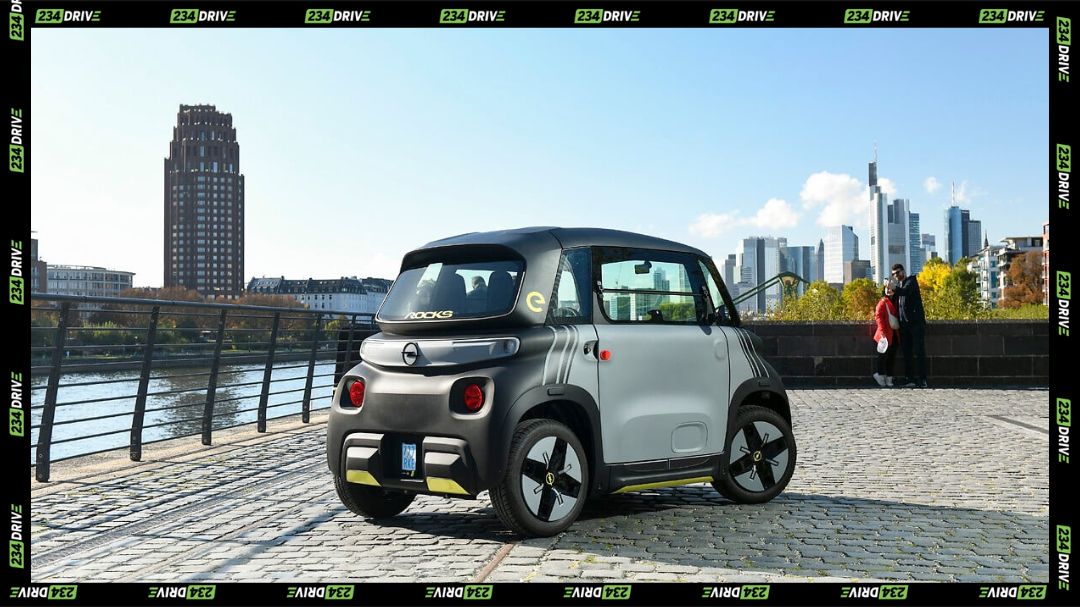
Inside, space is minimal, but functionality is emphasised. It works well in gated communities, university campuses, or short estate-to-supermarket trips. For Nigerian buyers, it represents an affordable entry point into EV ownership.
Opel’s Commercial Electric Vehicles
Opel also caters to businesses with models such as the Combo Cargo Electric, Vivaro Electric, and Movano Electric. Each is configurable for logistics, passenger shuttle, or delivery services, with ranges between 343 km and 350 km and payloads of 800–1,000 kg.
These vehicles suit Nigeria’s growing e-commerce and transport sectors, offering cost savings through reduced fuel and maintenance while aligning with sustainability goals.
Relevance for Nigerian Roads and Lifestyles
Opel’s EV lineup reflects practical awareness of Nigerian driving conditions. Compact models like the Corsa and Rocks are perfect for crowded city centres, while SUVs like the Mokka, Grandland, and Frontera provide the ground clearance and robustness needed for uneven roads. Larger MPVs and commercial EVs support the needs of families and businesses alike.
Climate and infrastructure are challenges. Hot weather affects battery performance, and limited public charging remains a hurdle. However, Opel’s inclusion of fast-charging capability and compatibility with home charging solutions reduces the barrier. For prestige-conscious buyers, Opel offers European styling and brand credibility at more accessible price points.
Comparisons with Rivals
Against rivals like Hyundai, Kia, and BYD, Opel positions itself as a balance between affordability and European engineering. Hyundai and Kia offer longer EV histories, but Opel’s fresh lineup benefits from Stellantis’ global network and innovation. Chinese brands like BYD may win on cost, but Opel emphasises safety, styling, and long-term value.
In terms of resale and durability, Opel benefits from Stellantis’ broad service reach, giving it an advantage over niche EV makers. Maintenance costs are expected to remain lower than luxury EV brands, offering a competitive edge in markets like Nigeria.
Conclusion
Opel’s 2025 electric lineup shows how global innovation can intersect with Nigerian realities. From compact hatchbacks to large SUVs and commercial vehicles, Opel offers diverse choices that address commuting, family, and business needs.
For Nigerian buyers, these EVs combine affordability, practicality, and prestige. The mix of accessible range figures, adaptable designs, and fast-charging solutions ensures relevance to local conditions. Would you consider an Opel EV over Korean or Chinese rivals?


